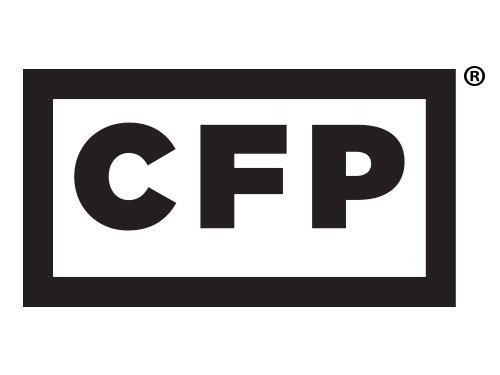Given the extreme market volatility in the last several weeks, and the continued spread of the Coronavirus (COVID-19), it’s times like these when you find out if your asset allocation—that is, your mix of stocks, bonds and cash—truly matches your risk tolerance.
If you are feeling a strong urge to sell and lots of stress given the extreme market drops, then your asset allocation might not be right for your risk tolerance. This is when the rubber hits the road and you find out what your risk tolerance really is… or, maybe in this case, we should say where the rubber hits the “Street.”
Given the historic market run up since its low point in 2009 during the depths of the Great Recession, it’s easy to have been lulled by recency bias—assuming that things were going to continue to go up indefinitely. Thus, the recent precipitous market drops were a shock that most didn’t see coming.
I realize this time the market drop feels unprecedented given it's a global pandemic causing it. But every market drop feels like the “new normal” when you are in the midst of it, often making it hard to stay the course with your asset allocation decision.
Translating Your Asset Allocation Into Practical Terms
For retirees or those on the verge of retirement, it’s helpful to translate your asset allocation, which can feel academic, into practical terms. To do this, I like to use the “Bucket Approach” to retirement as espoused by financial planning guru Harold Evensky. There are lots of variations on the Bucket Approach, but in simplest terms, view your asset allocation as if it were three buckets of money: Bucket #1 is your cash bucket (the most liquid portion of your portfolio), Bucket #2 is your bond bucket (the stability portion of your portfolio) and Bucket #3 is your stock bucket (the growth engine of your portfolio).
Here is how it works in practice: if equity markets are down, you will be able to raise cash to cover living expenses from Buckets 1 & 2 (cash and bonds) without having to sell out of stocks when they are down. And conversely, when the market is up, you can sell out of Bucket 3, the stock bucket, to rebalance into the other two buckets and raise cash to cover your living expenses.
As a starting point, Christine Benz of Morningstar recommends having at least one to two years’ worth of living expenses in Bucket 1 and five or more years’ worth of living expenses in Bucket 2 (bonds). These are rules of thumb and you should customize your buckets to match your own risk tolerance. Ideally you should have enough in cash and bonds to cover any expenses above what Social Security and other sources of guaranteed income cover, for enough years to carry you through a recovery without having to sell stocks when they are down.
To give the bucket strategy more context, view this chart showing how long the stock market has historically taken to recover from drops: https://fourpillarfreedom.com/heres-how-long-the-stock-market-has-historically-taken-to-recover-from-drops/. Two things to take away from this chart is that the overall trend over the long-term has been upward and that market drops have become less frequent over time, but the severity of the drops and length of recovery have increased.
Market Timing
As soon as you start tinkering with your portfolio in times of market volatility or bad news, it means you are engaging in market timing out of fear. Realize that most people do a bad job of market timing and end up selling low and buying back high. You have no way of knowing what will happen in the short-term: the market could get much worse or it could go up on an unexpected announcement and you would have missed the subsequent run up.
This is one of the most damaging mistakes made by investors: jumping into the market at its peak when things are hot and expecting the trend upward to continue indefinitely and selling out at its lows believing that this time things are different and that there won’t be a recovery.
Thinking you can time the market is irrational. There are always stories of people supposedly moving all their assets to cash just before a big drop. What you don’t often hear are the more common stories of people selling when prices are low and not getting back into the market in time for a subsequent recovery. The only solution is to ensure you have the right target asset allocation that matches your risk tolerance to begin with and then stay the course: buy and hold and of course rebalance when necessary to get you back to your target asset allocation.
Thinking about your portfolio in terms of buckets and how much each bucket can cover in retirement living expenses is way to help you ride out market drops without reacting out of fear. In times of market turmoil, being able to stay the course without a lot of worry means that you had the right asset allocation going into it.
Bottom line is that we need to set our asset allocation initially with the expectation that corrections and bear markets are inevitable. So when they do happen, we aren’t tempted to react out of fear. Working with a financial planner can help you to think through your risk tolerance and asset allocation decision in advance of market turmoil.
Investing involves substantial risk and has the potential for partial or complete loss of funds invested. Investments mentioned may not be suitable for all investors. Before investing in any investment product, potential investors should consult their financial advisor, tax advisor, accountant, or attorney with regard to their specific situation.



